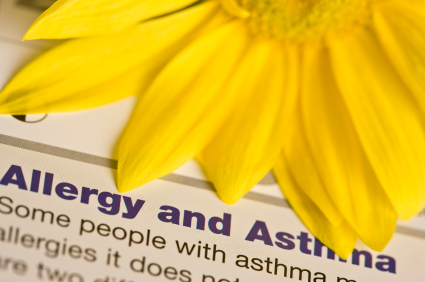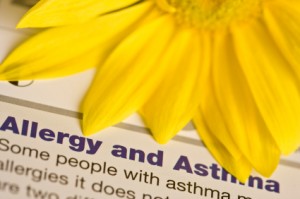For the millions of those with allergies, fall can be a rather difficult season as it is the potent time for allergy-inducing allergens, according to the October 2014 Harvard Health Letter.
There’s more in the autumn air than just falling leaves. Ragweed, pollen, mold and other allergens are especially common during this time of the year.
“The fall allergy season is usually the result of pollen from weeds. But after the first frost, it’s all about mold,” said Dr. John Dobrowski, an otolaryngologist at Harvard-affiliated Massachusetts Eye and Ear Infirmary, in a press release.
It was highlighted in the Harvard Health Letter that the most predominant allergen during the fall is ragweed, which grows abundantly throughout the South, North and Midwest regions of the United States. Another key allergen is outside mold and can be commonly found in soil, compost piles, and decomposing leaves.
Mold spores are abundant after the ragweed season. They are light, very small and could be easily inhaled into the lungs.
For some people, inhaling allergens can cause their body to overreact as their immune system mistakes the generally harmless substance as a harmful invader. That triggers a chain of events that leads to certain cells releasing histamine, which allows fluids to escape from small blood vessels into tissues.
This ultimately leads to the classic allergy symptoms of runny nose, watery eyes, and sneezing.
According to Dr. Dobrowski, this condition is known as allergic rhinitis, an inflammation of the mucous membranes, and it is often marked by nasal congestion and a sore throat. Symptoms are comparable to that of the common cold.
“That can be confusing, but the clear hallmark of allergies if clear, water nasal drainage that lasts for six weeks, as opposed to more yellow or green mucus for a few days, ” said Dr. Dobrowski.
Symptoms from seasonal-related allergies can often be treated with over-the-counter or prescription medications and some can benefit from allergy shots.
If you experience extreme difficulty during this season, it is recommended to visit a doctor who can carry out a series of allergy tests to pinpoint the exact problem. This can be done through either a blood test or a skin test. The latter involves introducing small amounts of allergens into the skin to figure out which one a patient is allergic to.
Once you know which allergens are causing your body to react, you can develop a plan with your doctor to manage your symptoms.
Other precautionary measures can be taken to help avoid allergens – such as wearing a face mask when outside, keeping home and car windows closed, removing decaying leaves from the yard, and changing air filters.













